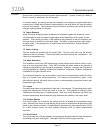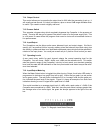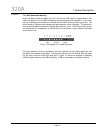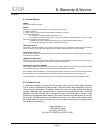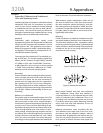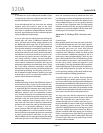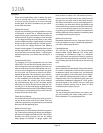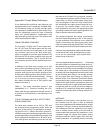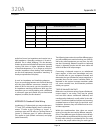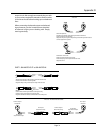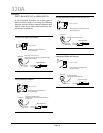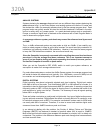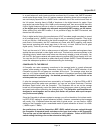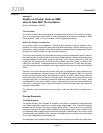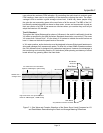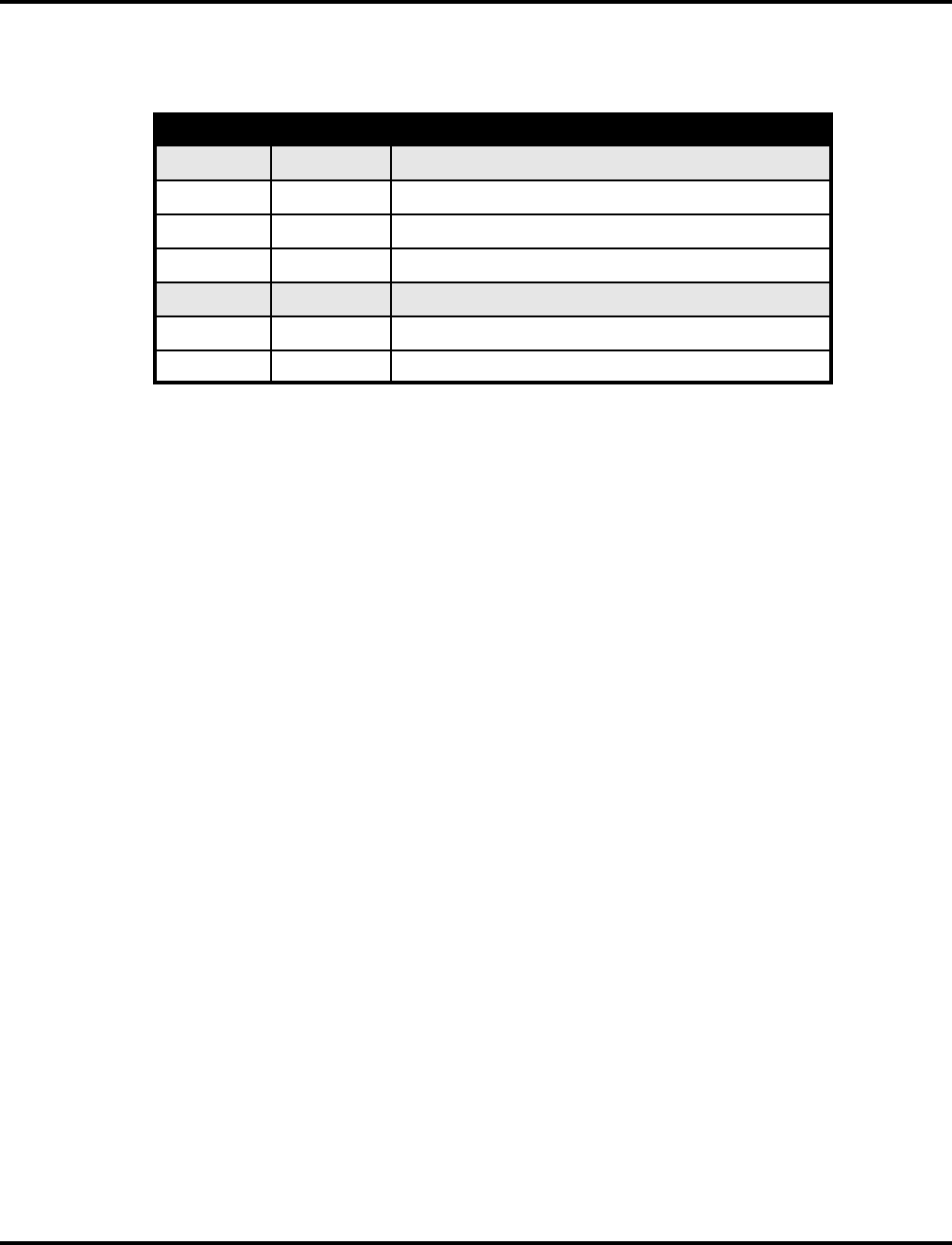
320A
Compellor
Page 30
audio line from a low impedance and receive into a
high impedance. Generally, a minimum 1: 10 ratio is
possible. This is called “bridging”. This has become
modern practice and all balanced inputs are normally
running 10K ohms or higher impedance. Because
of these developments, it is no longer as critical to
consider impedance when dealing with interfacing
pro line level equipment (impedance “matching” is
mostly a requirement of the past).
A word on impedance and interfacing adapters:
If you are connecting between two line level devices
and they have dierent connectors (example: 1/4”
phone to XLR or vice-versa), you do not need to use
an impedance matching transformer. With very few
exceptions you are strictly dealing with a dierence
in connector types and should only use hard-wired
adapters (or cables) for this situation.
APPENDIX D: Standard Cable Wiring
In relation to 1/4” phone jacks, you may see the terms
“TS” and “TRS” as abbreviations. Here is a what that
means: TS refers to the Tip-Sleeve or “mono” 2-
conductor type and TRS refers to Tip-Ring-Sleeve or
“stereo” 3 conductor type 1/4” phone connectors.
This applies to jacks (female connectors) and plugs
(male connectors).
The following instructions show all the dierent ways
you will probably ever need to hook up your 320D as
well as any other equipment you may own. You will
see that connecting balanced outputs to balanced
inputs is ultimately simple and the same cable will
work for all avors of output stages.
Connecting a balanced output to an unbalanced
input requires a little more knowledge and care.
You should refer to your equipment manuals and
determine the type of balanced output stage that is
provided, then use the correct “transition cable” as
depicted in this section. Improper transition cables
can cause crosstalk, hum, and distortion problems
within your system.
TYPES OF BALANCED OUTPUTS
Believe it or not, there are at least 5 types of balanced
output stages in use today. They may be placed
into two main classes: transformer balanced, and
transformerless balanced, usually called “active bal -
anced”. Transformer balanced outputs are becoming
outdated because of their high cost and their sonic
limitations. However, they can still be found on a lot
of older equipment.
Within the transformerless class, there are several
types of circuits that are used by dierent manufac -
turers. These dierent types of output circuits all look
just about alike to any balanced line, but they act dif -
ferently when driving an unbalanced line. You need
to observe the proper cable wiring for each type of
Appendix D
TABLE 1 - BALANCED & UNBALANCED CONNECTOR WIRING STANDARDS
3-Pin XLR 1/4” TRS Phone Standard Wiring Convention (Balanced)
Pin-1 Sleeve Ground/Shield (Earth, Screen)
Pin-2 Tip Positive (Signal, High, Hot)
Pin-3 Ring Negative (Signal Reference, Return, Low, Common)
1/4” TS Phone RCA Standard Wiring Convention (Unbalanced)
Tip Center Pin Positive (Signal)
Sleeve Shell Ground/Shield (Signal Reference/Return)



